THE FANGO FILES: Issue #9 - A Teenage Gorehound's Dream Realized
Now, this is what horror fans have on their minds when they daydream about the early days of Fangoria. The cover alone is a teenage gorehound's dream come true, anchored by a striking image of pighead-masked Farmer Vincent from waving his chainsaw at us. Even better, that chainsaw appears to be breaking free of its own section on the cover to loom over the filmstrip sidebar in 3-D style. The other titles that pop off the page - The Howling, Terror Train, He Knows You're Alone, Conan - provide a heady rush of nostalgia to complete the cover's blitz on the horror fan's memory banks.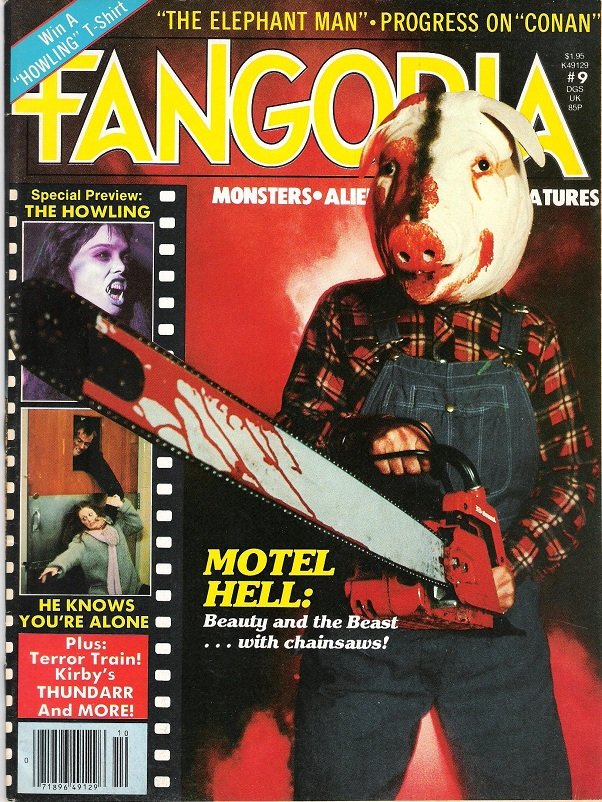 Thankfully, the contents are as good as the wrapper in this issue. The articles on Motel Hell and The Howling open the magazine with a nice one-two punch. The former opens with an amusing but sadly prophetic anecdote about how Motel Hell baffled theater chain owners at a pre-release screening and goes on to allow writers/producers/brothers Steven-Charles Jaffe and Robert Jaffe to lay out all the stumbles and false-starts this oddball favorite experience on its way to the screen (including Tobe Hooper almost directing it!). The Howling piece is unexpectedly candid, with Joe Dante and John Sayles freely discussing how they had to radically reinvent Gary Brandner's source novel to come up with a film worth making.
Thankfully, the contents are as good as the wrapper in this issue. The articles on Motel Hell and The Howling open the magazine with a nice one-two punch. The former opens with an amusing but sadly prophetic anecdote about how Motel Hell baffled theater chain owners at a pre-release screening and goes on to allow writers/producers/brothers Steven-Charles Jaffe and Robert Jaffe to lay out all the stumbles and false-starts this oddball favorite experience on its way to the screen (including Tobe Hooper almost directing it!). The Howling piece is unexpectedly candid, with Joe Dante and John Sayles freely discussing how they had to radically reinvent Gary Brandner's source novel to come up with a film worth making.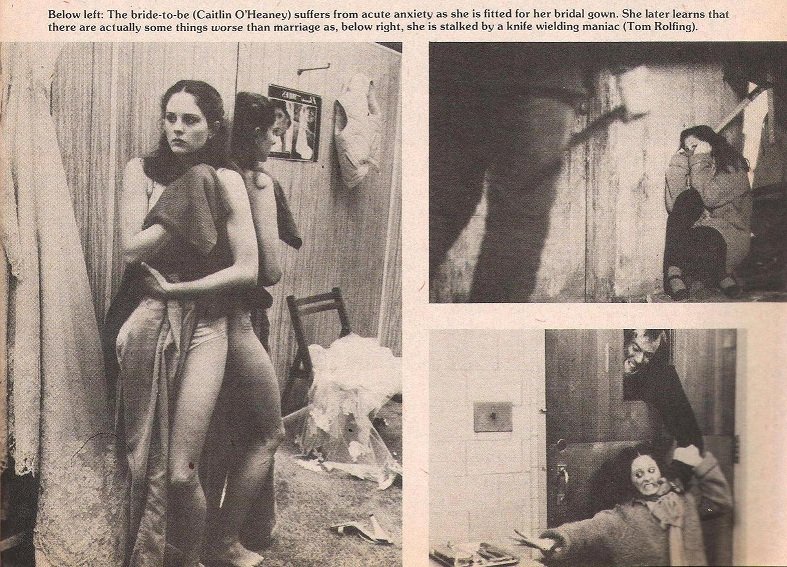 Just as interesting as those two pieces is an article on pseudo-slasher He Knows You're Alone. Director Armand Mastroanni admits he improvised a pitch the opening scene of the film (a great bit that was later lifted for the opening of Scream 2) during a a surprise meeting with potential backers and candidly admits he did something in the horror/thriller vein because it was a commercial way to get his directing career going. As the article closes, he expresses the ambition to go beyond genre fare and do comedy and drama films - which is ironic in retrospect because he ended up almost exclusively making horror and thriller films.
Just as interesting as those two pieces is an article on pseudo-slasher He Knows You're Alone. Director Armand Mastroanni admits he improvised a pitch the opening scene of the film (a great bit that was later lifted for the opening of Scream 2) during a a surprise meeting with potential backers and candidly admits he did something in the horror/thriller vein because it was a commercial way to get his directing career going. As the article closes, he expresses the ambition to go beyond genre fare and do comedy and drama films - which is ironic in retrospect because he ended up almost exclusively making horror and thriller films.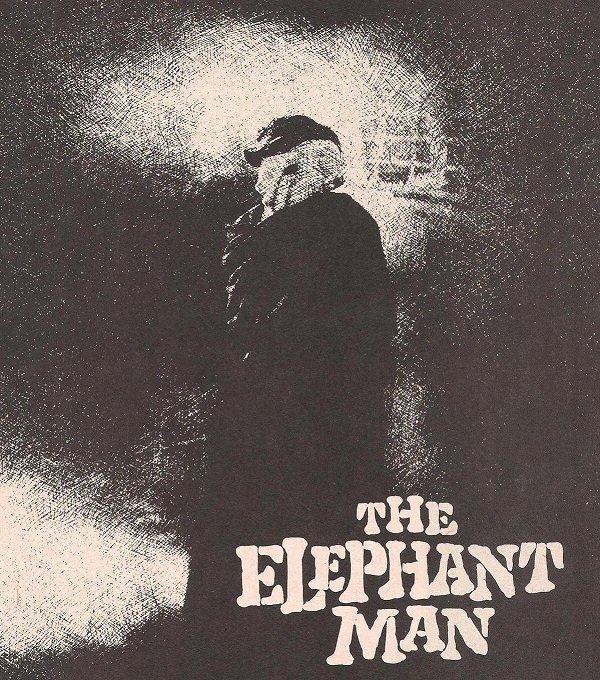 Elsewhere, there is a Terror Train piece by Jim Wynorski - it's a bit press release-ish but has some interesting material about the challenges of shooting in and around a real train. There's also a substantial report on the long gestation process of the Conan The Barbarian film, including details on the many scripts written, the location scouting challenges and a talk with production designer Ron Cobb. One of the most impressive new-film reports is a lovely piece on The Elephant Man by Bob Martin that offers background on the film, the incidents that inspired it and the kinship it shares with humanity-minded horror of the 1930's films its black-and-white style evokes.
Elsewhere, there is a Terror Train piece by Jim Wynorski - it's a bit press release-ish but has some interesting material about the challenges of shooting in and around a real train. There's also a substantial report on the long gestation process of the Conan The Barbarian film, including details on the many scripts written, the location scouting challenges and a talk with production designer Ron Cobb. One of the most impressive new-film reports is a lovely piece on The Elephant Man by Bob Martin that offers background on the film, the incidents that inspired it and the kinship it shares with humanity-minded horror of the 1930's films its black-and-white style evokes. The pieces on upcoming films are balanced nicely with a variety of articles dedicated to horror fare of yesteryear. For example, there is the second part of an interview with 50's FX man Paul Blaisdell, who bring a likeably unpretentious and jokey style to his recollections of working on sci-fi and horror quickies, and the first part of interview with writer/producer Leslie Stevens about his groundbreaking anthology show The Outer Limits. The latter piece offers much detail on how the show was produced and also includes a reproduction of a guidelines piece written for the show's writers by Joseph Stefano that is inspirational in its vision of how sci-fi can be done on t.v.
The pieces on upcoming films are balanced nicely with a variety of articles dedicated to horror fare of yesteryear. For example, there is the second part of an interview with 50's FX man Paul Blaisdell, who bring a likeably unpretentious and jokey style to his recollections of working on sci-fi and horror quickies, and the first part of interview with writer/producer Leslie Stevens about his groundbreaking anthology show The Outer Limits. The latter piece offers much detail on how the show was produced and also includes a reproduction of a guidelines piece written for the show's writers by Joseph Stefano that is inspirational in its vision of how sci-fi can be done on t.v.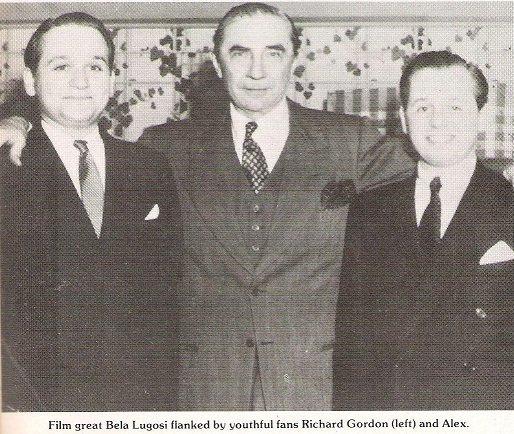 Another key "oldies" piece is producer Alex Gordon's debut as a columnist. He describes growing up as a 'monster kid' in censorship-happy England, becoming a low budget producer and developing a friendship with Bela Lugosi. It's a charming mini-memoir that set the stage nicely for Gordon's lengthy relationship with Fangoria. However, the best of the vintage-minded pieces is an autobiographical piece that director Andre De Toth wrote about making House Of Wax, perhaps the best 3-D movie ever made. His mixture of eloquence and sharp wit is captivating, as are his stories of working with tempestuous studio boss Jack Warner.
Another key "oldies" piece is producer Alex Gordon's debut as a columnist. He describes growing up as a 'monster kid' in censorship-happy England, becoming a low budget producer and developing a friendship with Bela Lugosi. It's a charming mini-memoir that set the stage nicely for Gordon's lengthy relationship with Fangoria. However, the best of the vintage-minded pieces is an autobiographical piece that director Andre De Toth wrote about making House Of Wax, perhaps the best 3-D movie ever made. His mixture of eloquence and sharp wit is captivating, as are his stories of working with tempestuous studio boss Jack Warner.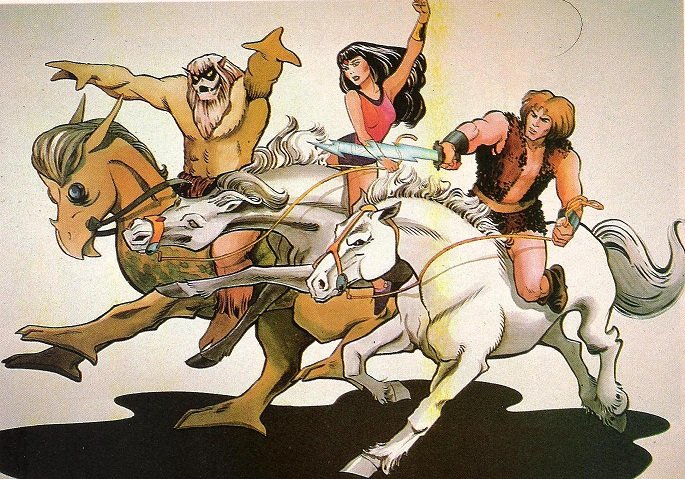 The odd man out here is a piece on Thundarr The Barbarian, a Saturday morning cartoon series whose presence conjures up memories of Fangoria's mixed-fantasy-fare past. However, this piece manages to be a winner for a few reasons. The first is that the show was one of the darkest and most offbeat Saturday morning cartoons ever, combining sword & sorcery and post-apocalyptic motifs in a way rarely seen in the kid-vid realm. It also had added hipness thanks to the presence of Howard The Duck/Man-Thing creator Steve Gerber as its story editor and conceptual designs by Jack Kirby and Alex Toth (many of which are reproduced in the article). Gerber is interviewed for this article and does a great
The odd man out here is a piece on Thundarr The Barbarian, a Saturday morning cartoon series whose presence conjures up memories of Fangoria's mixed-fantasy-fare past. However, this piece manages to be a winner for a few reasons. The first is that the show was one of the darkest and most offbeat Saturday morning cartoons ever, combining sword & sorcery and post-apocalyptic motifs in a way rarely seen in the kid-vid realm. It also had added hipness thanks to the presence of Howard The Duck/Man-Thing creator Steve Gerber as its story editor and conceptual designs by Jack Kirby and Alex Toth (many of which are reproduced in the article). Gerber is interviewed for this article and does a great  job of laying out the show's many challenging elements.In short, Fangoria #9 is easily one of the best early issues of the magazine, perhaps the best of its first ten issues. Sadly, it's one of the most expensive ones to track down as it wasn't printed in high quantities and has always commanded top dollar on the collector's market (even more so now that all early Fangoria issues are scarce). That said, if you're willing to hunt for the early issues, this one should be on your list as it offers a great early indication of what this horror magazine was capable of.
job of laying out the show's many challenging elements.In short, Fangoria #9 is easily one of the best early issues of the magazine, perhaps the best of its first ten issues. Sadly, it's one of the most expensive ones to track down as it wasn't printed in high quantities and has always commanded top dollar on the collector's market (even more so now that all early Fangoria issues are scarce). That said, if you're willing to hunt for the early issues, this one should be on your list as it offers a great early indication of what this horror magazine was capable of.


